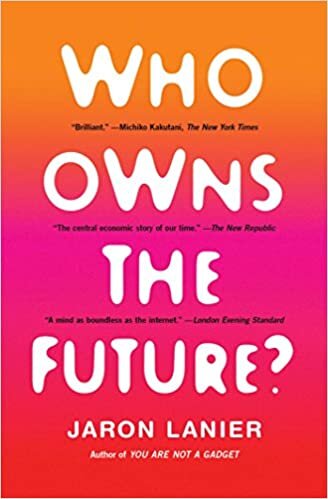My dad was in advertising. He is one of my biggest influences and the primary reason I became a Industrial Designer. I used to think that I was ahead of other designers as I have advertising blood running thru my veins. So naturally, when I read the first line of Victor Papanek’s seminal “Design for the Real World” where he states that Industrial Design may be the most phony profession on earth besides only advertising, it hit home. Papanek had insulted not only my entire life path, but my late father’s as well. Needless to say, I needed to know more and kept reading. I made it through the book quickly and I was hooked on Papanek’s intense and demanding instructions on what design is, what is should be, and most importantly how to do it.
The Politics of Design is the follow up to Real World, and at 400 pages long, it makes a giant thud on the table as you set it down to read. Like Papanek, the book is unapologetically heavy and engaging. As I lugged the monstrosity around the house, most everyone who saw me with it asked “What ARE you reading” usually adding a “geez” or a “yikes” along with the inquiry. I did my best to give a quick answer, something like “Its about a design critic who’s also an amazing designer” People usually didn’t ask again, designers included. And this response is why I liked the book so much. Because I knew it was rare to take on such a complex designer and his ideas. Most people would avoid this sort of undertaking.
This is what I enjoy best about Papanek, how he was an outcast during his time and persisted on. I mean can you imaging the guts it takes to land a job working in Raymond Lowey’s firm, meet Lowey himself, but then quit because you didn’t like how his response to one of your designs! In the book you learn about how Papanek did this and more! The Politics of Design, we learn all about the criticism he faced almost constantly throughout his career. And you get an idea of the kind of challenges ahead from designers aimed in a similar direction. But you also get a much better sense of who he was as a person. You get to see in his personal sketchbook and read his precision built lecture notes. You learn about his almost non-stop speaking schedule that continued to nearly his last day alive. And beyond all else you hear from a carefully curated selection of other designer who, like me, have studied and embraced his work. You get insights from current designers exploring topics and social issues Papanek had brought light in years past and are only seeing the light of day now. You hear from a forward thinking intellectuals like Dori Tunstall and Alexandra Daisy Ginsberg who has picked up the torch lit by Papanek’s difficult work and are carrying it into today.
The book closed out as Victor would have wanted, inspiring you with a amazing selection of work from designers who, like him, aim directly at educating people to what is around us everyday but rarely seen. His legacy of inclusion and world wide collaboration alive and well and ready for more of us to carry it on for generations to come. I enjoyed the book as much as it weighs and even as much as the weight of the ideas inside.










